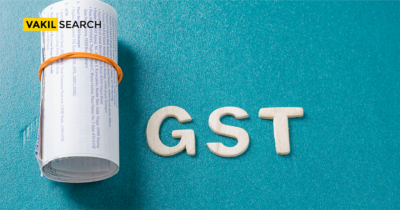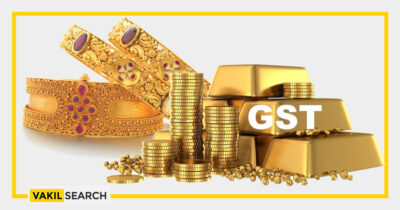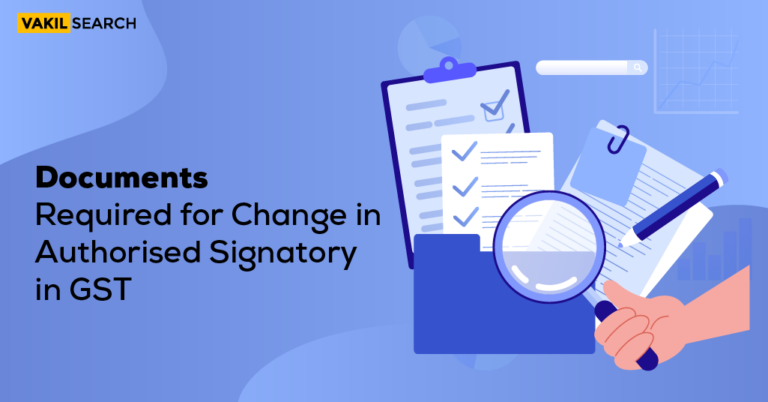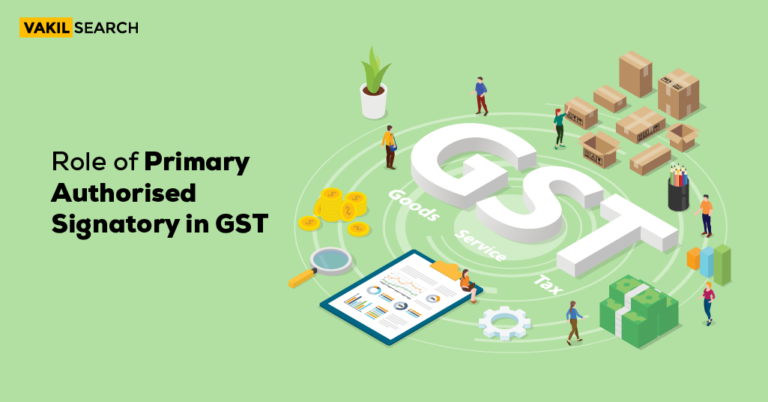There is a mandatory VAT registration requirement in Maharashtra for anyone with an annual turnover of over ₹5 lakhs. In addition, VAT registration is mandatory for importers if their annual turnover exceeds ₹1 lakh.
VAT, or Value Added Tax, is an indirect tax that replaced Sales Tax in 2005. The reason for this move was to eliminate what is known as the ‘cascading effect’ in taxation. The cascading effect is a phenomenon where tax is applied to goods and products that have already been taxed previously. This phenomenon usually occurs when a product goes through more than one processing phase before it reaches the final consumer. In other words, the cascading effect is most common in Business to Business (B2B) transactions, the brunt of which has to be borne by the final consumer who buys the product in retail.
Let us understand this in simpler words. When you tax a product, it adds to the cost of the product. So while pricing the product, the vendor will include the cost of taxation before deciding on markup on the product. So when this product is processed and ready for sale, you charge indirect tax on the price product while selling it. But since the product’s pricing includes the cost of taxation incurred while buying the unprocessed product, tax is also being calculated on the tax element of the price, leading to double taxation or inflated taxation.
For instance, A buys raw materials from B at ₹ 500 per unit. So when B sells to A, he will charge A sales tax at the prescribed rate, say 15%, which amounts to ₹ 75. So the cost of buying raw materials for A will be ₹ 575 per unit. Then A further incurs a cost of ₹ 100 for processing each unit of the raw material into a finished product. So the total cost incurred by A for manufacturing a unit of his product is ₹ 675. He adds a markup of ₹ 25 per unit of the product and sells it at a round figure of ₹ 700 plus tax. So the final consumer will pay ₹ 700 plus 15% sales tax, which comes to ₹ 805 (15% of ₹ 700 is ₹ 105). But since the product price also includes the ₹ 75 paid by A as sales tax, he is passing on the cost of that tax and adding 15% more as sales tax leading to double taxation for the final consumer.
VAT was introduced to eliminate this cascading effect. As the name suggests, taxation is applied only to the value added at each production stage and not the entire product’s value. So under the VAT regime, instead of charging a 15% sales tax on ₹ 700, the manufacturer will charge a sales tax of 15% only on ₹ 100, which is the value-added cost. 15% of ₹ 100 is ₹ 15. So instead of selling the final product at ₹ 805, the manufacturer can sell the product plus VAT at ₹ 715.
VAT and GST
With the introduction of the GST regime in 2017, VAT, like all other indirect taxes, was brought under the ambit of GST. However, unlike other indirect taxes, VAT remains relevant because three items have not yet been included under the GST regime and continue to be taxed under the old VAT taxation scheme. The products are:
- Alcohol for human consumption
- Oil and Petroleum products
- Electricity
It is well known that there is a state list and a central list in the constitution, which contain items under the purview of those respective governments. Items falling under the state list are taxed by the state and considered state revenue to be utilised for the welfare and development of the state. Similarly, items that fall under the purview of the central list are taxed by the central government and counted as central revenue to be used for the welfare and development of the country. Alcohol, Oil and Petroleum fall under the state list, and these three specific items are the largest sources of revenue for almost all states. Hence they have been excluded from the purview of GST for the time being, and states are allowed to keep their economies stable with the VAT revenue earned from these three items. However, there is speculation that the inclusion of these three items into the purview of the GST regime is imminent.
However, as of now, businesses selling these products are required to apply for a VAT number as per the procedures applicable to the specific state. In this article, we will discuss the procedure for VAT registration in the state of Maharashtra.
Applicability of VAT
VAT applies to businesses whose turnover crosses Rs. 5 lakh in Maharashtra (Rs. 1 lakh for importers). However, online portals such as Flipkart, Amazon and Snapdeal require sellers to have VAT registration, no matter their turnover.
Documents required
In the state of Maharashtra, the application of VAT needs to be appended with the following documents:
- Identity proof: Copy of Ration card, Voter ID, Aadhaar, PAN card or Passport
- Passport size photograph
- MoA & AoA in case of a private limited company and LLP Agreement in case of LLP
- If the business owns its premises, then the title deed; if rented, then the rental agreement and electricity bill for the past two months
- Introduction letter from two registered dealers with the same sales tax jurisdiction
- Fixed deposit of ₹500/-
- Demand draft of ₹500/-
Procedure
- Form Filing: Fill out form number 101, available at www.mahavat.gov.in. The person named in it should sign it as well. A date will be appointed for further formalities, along with an acknowledgement number. The acknowledgment for MVAT and CST registration shall be taken on the appointed date to the zonal office. Carry the documents and self-attested photocopies too. Once the documents are verified, you can sign in front of the Tax officer, who will also allot the VAT number.
- Activation of Account: After 24 hours, log in to mahavat.gov.in and register the VAT number to activate the account. The copy of the acknowledgment you generate once you activate the account can be taken to the officer to get the physical copy of the registration.
Grant of VAT number
It would help if you took a photocopy of a Power of Attorney along with Form 708 and 709 along with the acknowledgment. The officer will hand you the certificate.
Conclusion
VAT registration can be a long, tedious and confusing process, given that it differs from state to state. So for a transnational business, the entire process can be harrowing. Besides, the forms can be confusing and very technical, and any mistakes can cause enormous delays in the process, which can cause business delays. So it is always advisable to take guidance from a legal expert or an agent who has ample hands-on experience and technical knowledge of the procedure for VAT registration. If you are looking to register your VAT number for your business and require assistance or guidance, feel free to contact our legal experts at Vakilsearch, who will help you with your requirements.










